Fringe Legal #19: asynchronous communication / A2J chat with Jackie Nagtegaal / Legaltech Hub
Here are 3 things that were worth sharing.
THINK
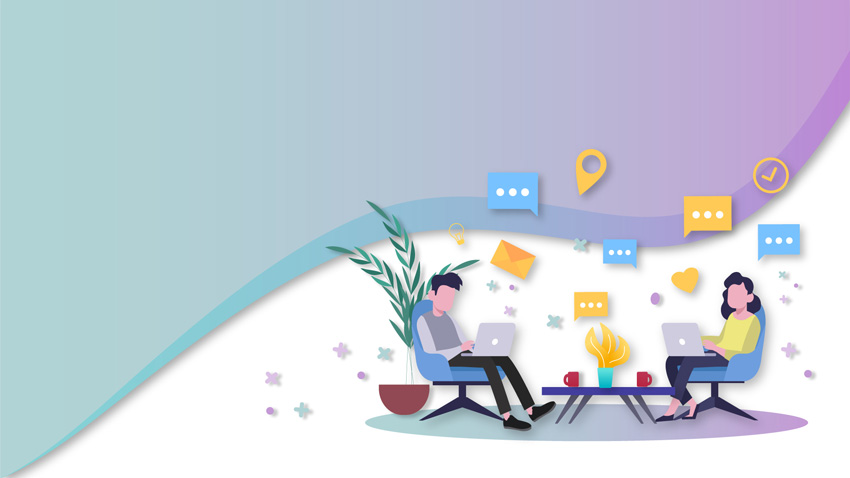
Two quick things I've been thinking about:
10,000 hours vs 10,000 iterations
In 2008, Malcolm Gladwell released Outliers (a great read), and one of the points it argued was that it takes roughly 10 years/10,000 of practice to achieve mastery. There's been much debate over the topic, and that number has since been clarified to suggest a rule of thumb.
Many studies have tackled the concept of mastery since then, and two viewpoints that resonate most with me are (a) deliberate practice; (b) stacking. Deliberate practice is about the quality of your practice, such that if you can learn more effectively, driven by an active feedback loop, you can learn much faster. Stacking refers to the idea of spending the time (the 10,000 hours) on adjacent skills such that you can multiply and enhance your skill acquisition.
Another perspective is to think about the 10k hours as 10k iterations (via a tweet from Naval Ravikant). I 🧡 this idea. It shifts the focus from it being a vanity metric to that which requires reflection because each iteration is repetition x feedback.
Asynchronous communication
Working, learning, and communicating in an asynchronous (async for short) way is not new. However, I haven't seen or heard it being discussed much outside of select tech companies (if you're working this way, I would love to hear from you), even now where more of the workforce is working remotely.
Synchronous communication takes place in real-time and requires immediate reactions - this is what most meetings are today. Async does not require people to be present at the time to transmit information. All the benefits of a meeting are there (discussion, transfer of knowledge, reactions), and individuals consume and react in their own time.
Some of the benefits are that you no longer need to manage multiple timezones, by design meetings are better documented, and in general, the inputs and decisions are better informed and thought out.
Want to see what it could look like in action - this post from Loom provides good further reading and example of how they changed their all-hands meetings to be async.
WATCH

Last week, I spoke with Jackie Nagtegaal on Access to Justice (A2J) and the justice system's future.
It was fascinating to learn about how Law for All leverages technology to triage and assist 1000s of people every year. We also discussed some broader initiatives that provide sound footing into the world of A2J, including the World Justice Project, Harvard A2J Lab, and Legaler Aid.
You can find the episode and links to each via the link below.
You can watch the full episode here (29 minutes)
EXPLORE
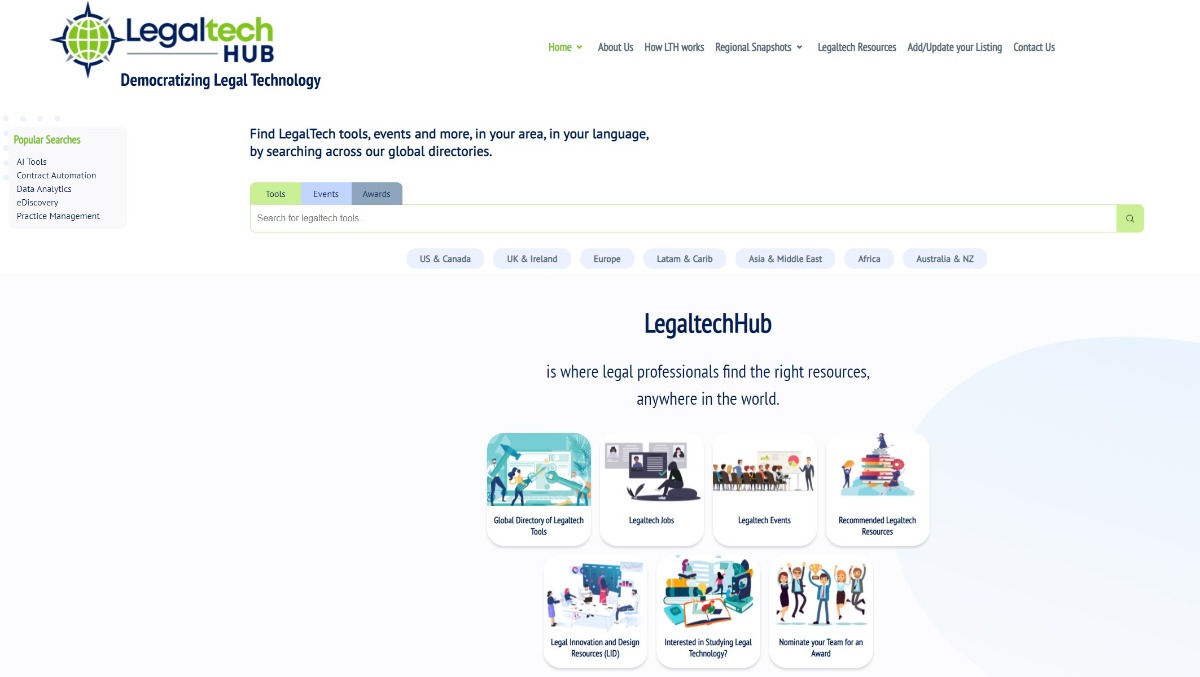
Last week saw the launch of Legaltech Hub - a comprehensive directory of legal tech tools. It was created by Nikki Shaver (who incidentally was the first-ever person interviewed for the Fringe Legal podcast) and Chris Ford.
What's cool is that you have a way to slice-and-dice the data through many different filters, view regional snapshots, and more. I'm particularly excited by the fact that this is verified and updated information. This is two years worth of work and is incredibly impressive—worth a look.
Until next time. Stay well.
Ab
Want to say 'hello'? Find me on LinkedIn.

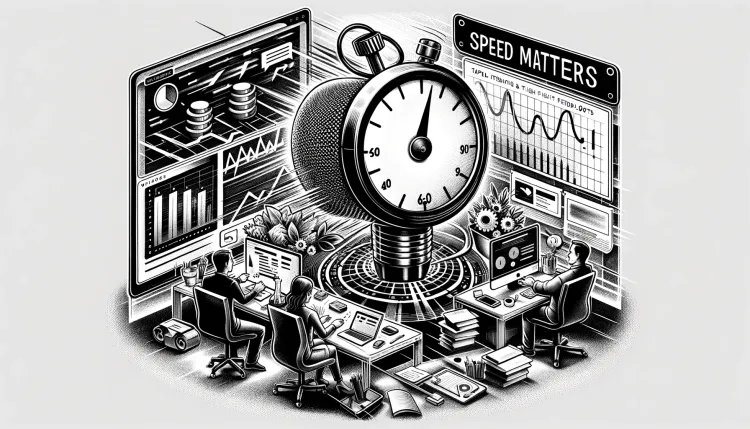
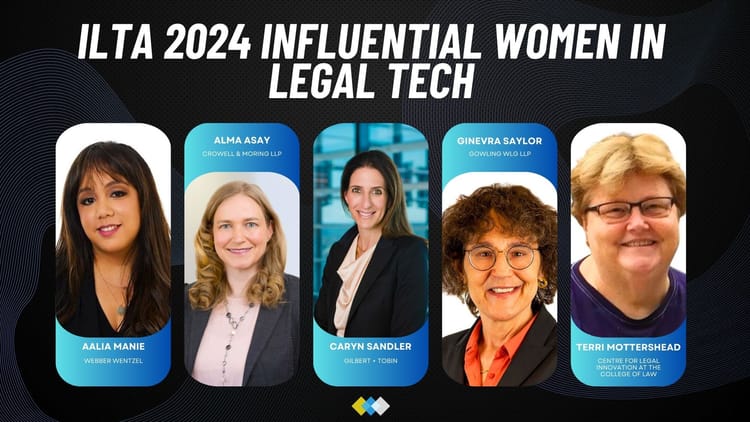

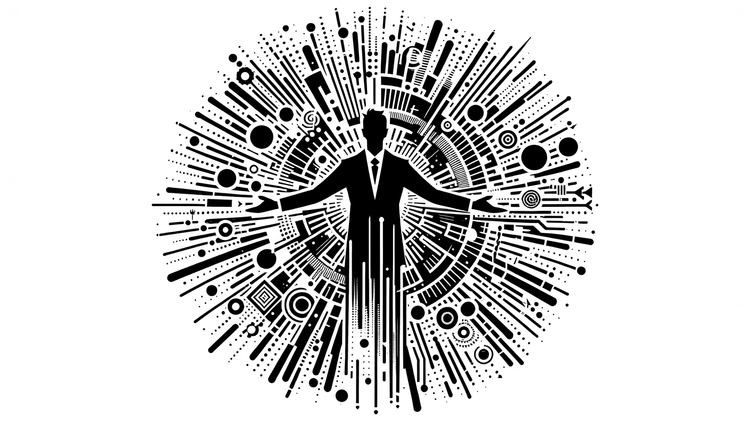

Become a Fringe Legal member
Sign in or become a Fringe Legal member to read and leave comments.
Just enter your email below to get a log in link.